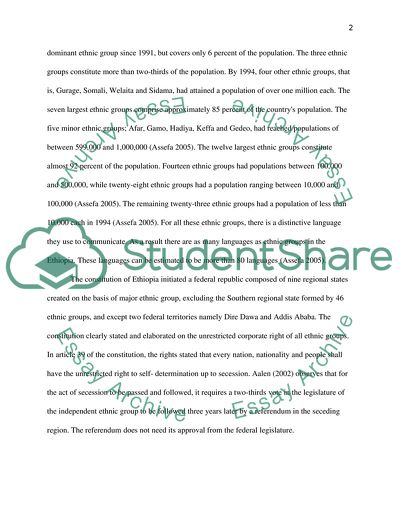Cite this document
(Comparison of Federalism in Regards to Ethnicity in India and Ethiopia Research Paper, n.d.)
Comparison of Federalism in Regards to Ethnicity in India and Ethiopia Research Paper. Retrieved from https://studentshare.org/politics/1739437-comparison-of-federalism-in-regards-to-ethnicity-in-india-and-ethiopia
Comparison of Federalism in Regards to Ethnicity in India and Ethiopia Research Paper. Retrieved from https://studentshare.org/politics/1739437-comparison-of-federalism-in-regards-to-ethnicity-in-india-and-ethiopia
(Comparison of Federalism in Regards to Ethnicity in India and Ethiopia Research Paper)
Comparison of Federalism in Regards to Ethnicity in India and Ethiopia Research Paper. https://studentshare.org/politics/1739437-comparison-of-federalism-in-regards-to-ethnicity-in-india-and-ethiopia.
Comparison of Federalism in Regards to Ethnicity in India and Ethiopia Research Paper. https://studentshare.org/politics/1739437-comparison-of-federalism-in-regards-to-ethnicity-in-india-and-ethiopia.
“Comparison of Federalism in Regards to Ethnicity in India and Ethiopia Research Paper”, n.d. https://studentshare.org/politics/1739437-comparison-of-federalism-in-regards-to-ethnicity-in-india-and-ethiopia.


